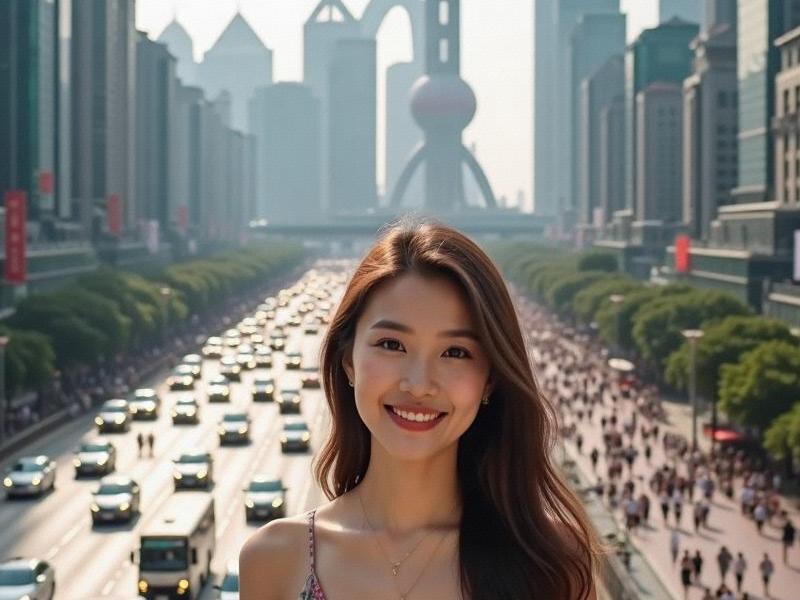
The Shanghai Dichotomy: Where Centuries Collide
At 8:15 AM in Xintiandi, a scene unfolds that captures Shanghai's unique urban paradox. Elderly residents practice morning tai chi beside augmented reality navigation markers, while autonomous delivery vehicles navigate around century-old shikumen buildings. This daily tableau represents what urban theorists call "the Shanghai Equilibrium" - the city's unprecedented success in harmonizing cutting-edge technology with deep cultural preservation.
Historical Foundations (1843-2020)
1. Colonial Crossroads (1843-1949):
- Treaty port legacy creating international DNA
- Architectural fusion (Western facades with Chinese spatial concepts)
- Birth of Shanghai's distinctive cosmopolitan culture
2. Industrial Transformation (1949-1990):
- Development of manufacturing clusters
爱上海419论坛 - Worker housing communities (danwei system)
- Suppression and later revival of cultural expressions
3. Reform Era Metamorphosis (1990-2020):
- Pudong's skyline miracle
- Financial sector liberalization milestones
- World Expo's technological legacy
Shanghai 2025: Key Indicators
- $62 billion annual R&D investment (25% growth YoY)
- 53% of multinational Asia-Pacific HQs located in Shanghai
上海龙凤论坛419 - 78 historic neighborhoods preserved with smart infrastructure
- 42% of municipal services delivered via AI platforms
- 1.8 million IoT sensors deployed citywide
Technology Frontiers
1. Urban Intelligence Systems:
- Quantum computing research hub in Zhangjiang
- AI-powered traffic management reducing congestion by 41%
- Digital twin technology for urban planning
2. Cultural Preservation Technologies:
爱上海 - Blockchain authentication for heritage artifacts
- 3D laser scanning of historical architecture
- VR archives of disappearing traditional crafts
Voices of Shanghai
- "Our past informs our algorithms" - Chief Smart City Officer
- "Technology should enhance, not erase, street life" - Urban Anthropologist
- "The wet markets will outlast the data centers" - Cultural Heritage Director
As Shanghai positions itself as the model 21st century Asian metropolis, its most valuable export may be demonstrating that technological advancement and cultural continuity aren't competing priorities - but complementary necessities for creating cities that are both efficient and profoundly human.
